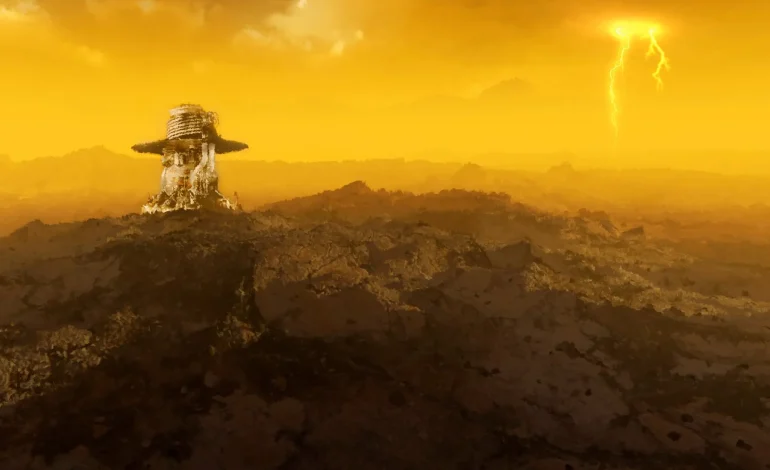A robotic spacecraft launched by the Soviet Union over five decades ago is expected to make an unplanned return to Earth by the end of this weekend, the New York Times reports.
Known as Kosmos-482, the half-ton probe was originally intended to land on Venus but has instead remained in a decaying Earth orbit since its failed launch in 1972.
Launched in March of that year as part of the Soviet Venera program, Kosmos-482 was designed to endure the extreme conditions of Venus’s atmosphere. However, a rocket malfunction left it stranded in Earth’s orbit, where it has slowly spiraled back toward the planet ever since.
Experts believe the spacecraft, weighing approximately 1,050 pounds, may survive atmospheric re-entry thanks to its durable heat shield. If so, it could reach the surface with some parts still intact. While the precise location of re-entry remains unknown, projections place the event sometime between Friday and Saturday, with wide uncertainty in both timing and trajectory.
“There’s a good chance it will be visible as a bright streak across the sky, especially if it re-enters at night over populated areas,” said Marco Langbroek, a satellite tracker at the Delft University of Technology in the Netherlands.
Kosmos-482 is traveling at more than 17,000 miles per hour, making the exact prediction of its landing site difficult. A difference of just 30 minutes in timing could shift the re-entry location by thousands of miles. The spacecraft’s orbit ranges between 52 degrees north and south latitude, encompassing a broad area that includes parts of Africa, the Americas, Europe, Asia, and Australia.
While any surviving debris could theoretically cause damage, experts say the risk to people on the ground is minimal.
“Usually about once a week a large object re-enters the atmosphere, and fragments may reach the ground,” said Darren McKnight of LeoLabs, a space-tracking firm. “But it’s very rare that any of it causes harm.”
If pieces of Kosmos-482 are recovered, international law dictates they remain the property of Russia, as the registered owner of the spacecraft.
The identity of Kosmos-482 was confirmed by astronomer Jonathan McDowell, who in the 1990s reviewed orbital data and matched the object to the failed Venus mission. His identification has since been supported by ground-based observations and a declassified Soviet document.
“This is an artifact from a bygone era of space exploration,” McDowell said. “It was meant to go to Venus and was forgotten for decades. Now, it’s finally coming home — just not to the planet it was intended for.”










The latest news in your social feeds
Subscribe to our social media platforms to stay tuned